“In the German Style”: in 1870, the New Synagogue, designed by the eminent Jewish architect Edwin Oppler, is inaugurated at its location on an open square in Calenberger Neustadt. Its scale and architectural style express a new self-confidence and the belief that as Jews they are now accepted as equals in German society. As Oppler states: “The Romanesque style is German through and through.”
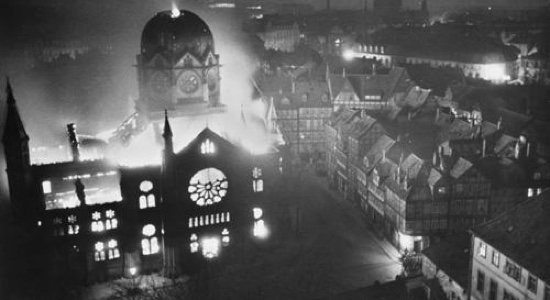
Belated legal equality
What a stark contrast to the old synagogue from 1827 and its predecessor from 1703! These buildings stood hidden from the gaze of the non-Jewish population in a rear courtyard on Bergstrasse opposite. For centuries, Jews had had no right of residence in Hanover and it was only in exchange for special payments (“Protected Jews”) that they were allowed in the royal Calenberger Neustadt. It wasn’t until 1842 that advances in securing legal equality in the Kingdom of Hanover began to be made. Barely one hundred years later, this equal standing is retracted by the National Socialists and the site of the New Synagogue lies vacant.
Waves of persecution
Following on from the two anti-Semitic waves of 1933 (the “Judenboykott” on 1 April, whereby Nazis boycotted Jewish businesses and removed Jews from public service) and of 1935 (the “Nuremberg Laws”), in 1938 the National Socialists stepped up their control, stripping German Jews of rights and discriminating against them in a third wave. This includes compulsory registration of all assets, the termination of licences for Jewish doctors and lawyers, the stamping of all Jewish passports with the letter “J” to identify them as Jews, and obliging Jewish men and women bearing first names of “non-Jewish” origin to add “Israel” and “Sara,” respectively, to their given names. In the night from the 9th to the 10th November 1938, anti-Jewish measures escalate into an orgy of violence (“November pogrom”).
Assassination used as a pretext
The pretext used for this is the assassination of the diplomat Ernst vom Rath at the German Embassy in Paris by a young Jewish Hanoverian Herschel Grünspan (also written: Grynszpan). The news of his death reaches the Nazi party leadership in Munich where they are gathered, as they are every year, to celebrate the Hitler-Ludendorff Putsch of 9 November 1923. What later is passed off as an unleashing of people’s anger against the “cowardly Jewish murder” is, in fact, a coolly staged orchestration commanded centrally from Munich: start fires, destroy, arrest.
The Night of Pogroms in Hanover
For Hanover, the events that took place on the night of 10 November 1938 can be vividly reconstructed because some of them were documented in pictures taken by the well-known press photographer Wilhelm Hauschild. Up to 9 p.m. he takes photos at a commemorative ceremony of the Party in the Stadthalle [now the Congress Centre]. After this, he switches to a ceremonial swearing-in of SS cadets in the concert hall on “Am Hohen Ufer”, which is separated from the New Synagogue by not much more than the River Leine. When the event finishes 1.30 a.m., Hauschild makes his way with some SS men to the Synagogue, which is already ablaze, and photographs it from the tower of the Neustädter Church. The fire and events that follow are orchestrated from SS headquarters at Horst-Wessel-Platz (nowadays the name has reverted to Königsworther Platz)
Destruction, plundering, concentration camps
From 3 a.m. onwards Jewish businesses and homes are destroyed and looted. The chapel of rest in the Jewish cemetery in Bothfeld is in flames. At 7.30 a.m. the emergency services [“Technische Nothilfe”] blow up the dome of the burned-out New Synagogue; its ruins are later dismantled (at the expense of the Jewish community). Around midday on 10 November, some 70 Jewish residents are detained in the police prison. In the evening, the destruction and confiscation of property by SS men recommences. In the early hours of 11 November, 275 detainees from Hanover and the region are taken to the railway station and transported to Buchenwald concentration camp. They are released after varying periods of detention – after promising to leave Germany with their families.
Tally of the terror
Ninety-one dead, 267 synagogues destroyed, 7500 businesses ransacked, 30,000 deported to the concentration camps of Buchenwald, Dachau and Sachsenhausen – that is the “official” overall tally of the terror. In actual fact, far in excess of 1300 people die during and in the immediate aftermath of the riots, and in Germany and “annexed” Austria over 1400 synagogues, prayer rooms and cemeteries are destroyed.
Memorials
After the war, the site of the synagogue was built on. The area is now occupied by a building of the Protestant Church. Since1958, a memorial plaque and, since 1978, a modest memorial commemorates where the synagogue once stood in the street known today as “Rote Reihe”. A plaque erected by the Civic Culture of Remembrance (in German “Städtische Erinnerungskultur”) tells the story of what happened there.
Additional online information
Wikipedia entry New Synagogue [in German]
Wikipedia entry Peter Schulze (historian) [in German]
Virtual exhibition of the Lower Saxony State Archives: The New Synagogue in Hanover [in German]
LEMO The November Pogrom 1938 [in German]
Fritz Bauer Institute, Educational materials: Dagi Knellessen, The November Pogroms 1938 [in German, PDF] (click here to download)
Culture of Remembrance Downloadable leaflets and flyers [in German]
Culture of Remembrance Downloadable information and memorial plaques [in German]
Further reading: Click here
Texts and images: Michael Pechel

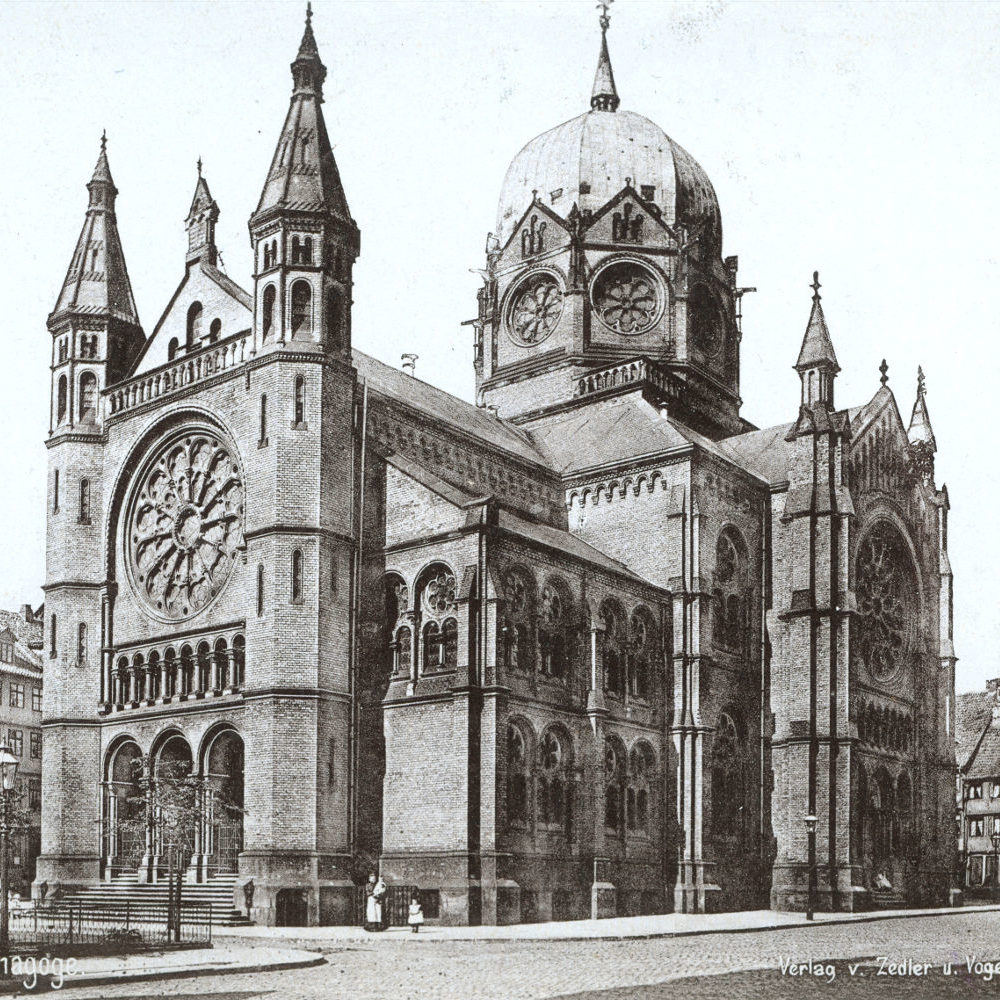
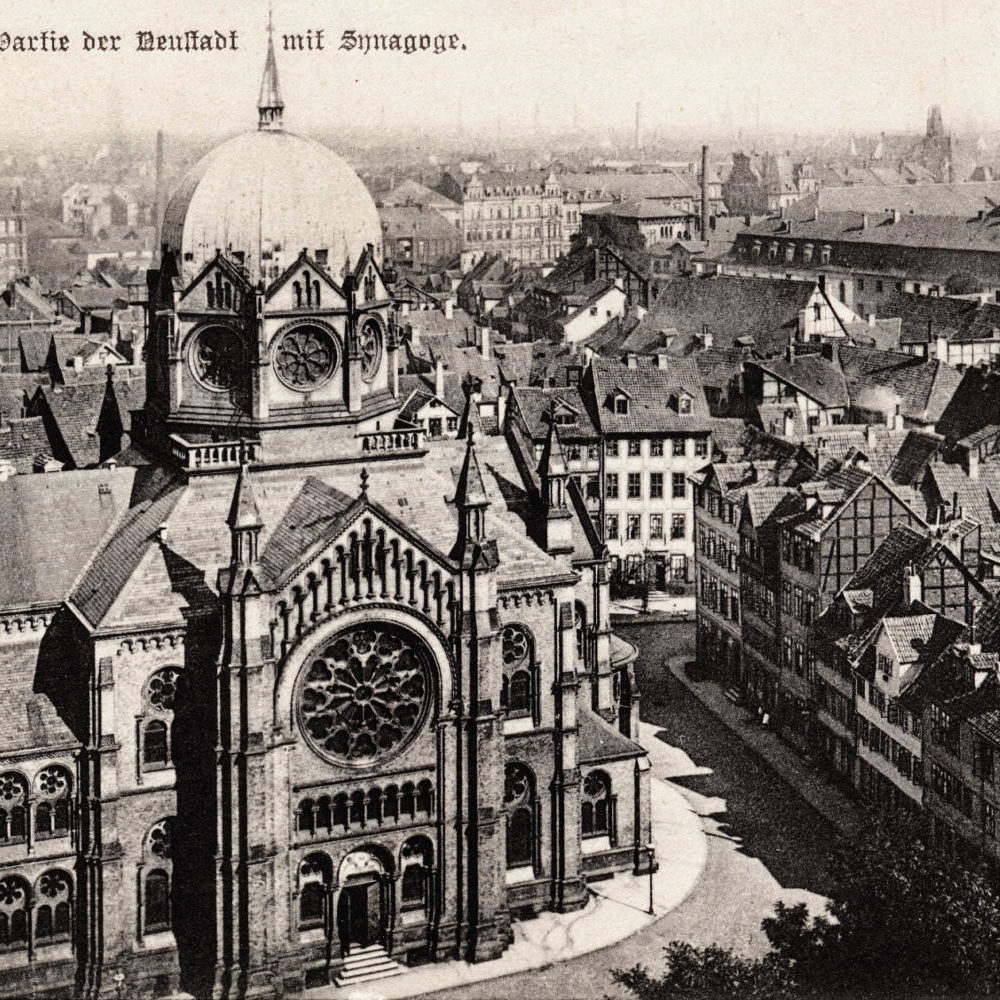
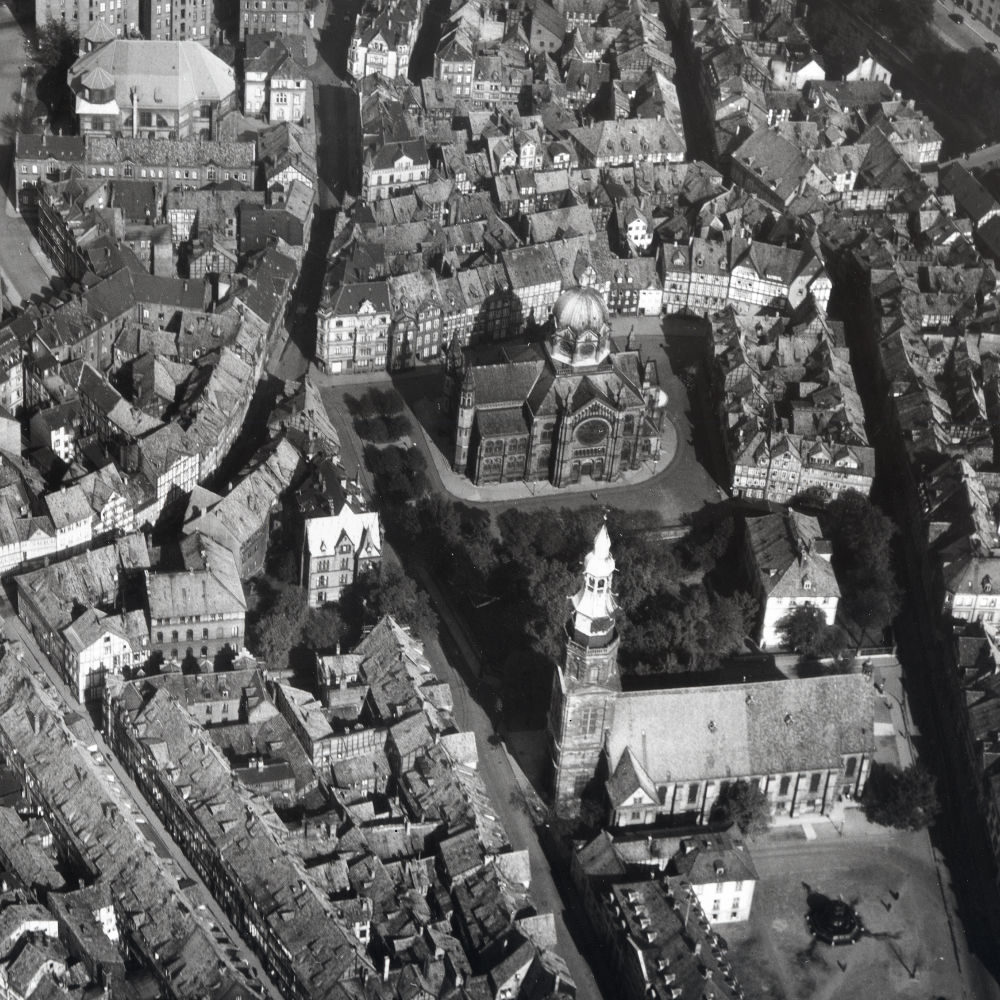

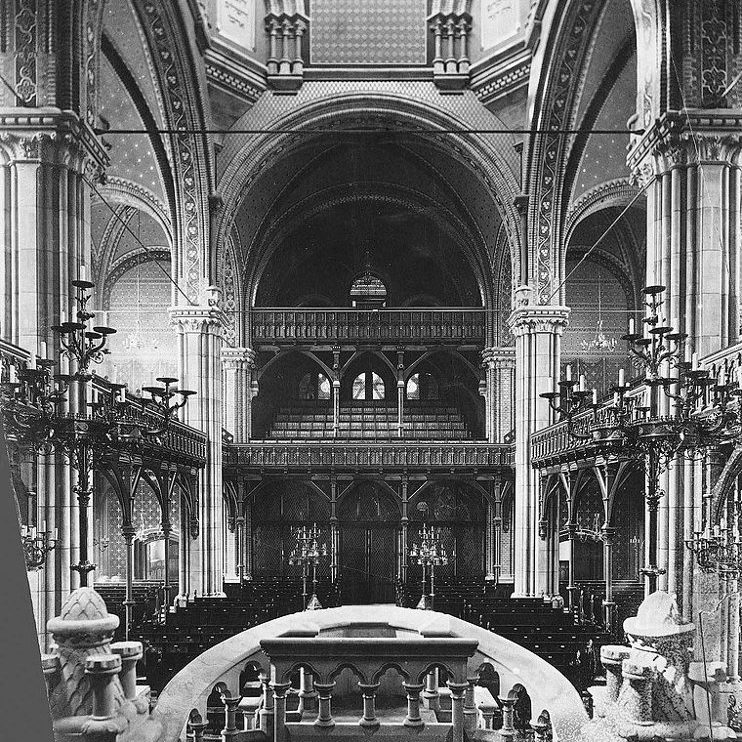
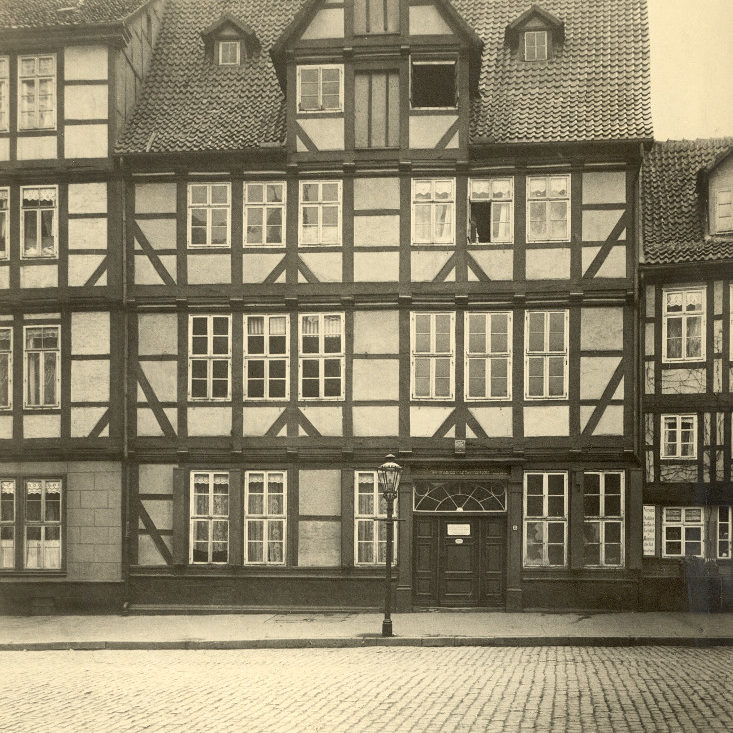
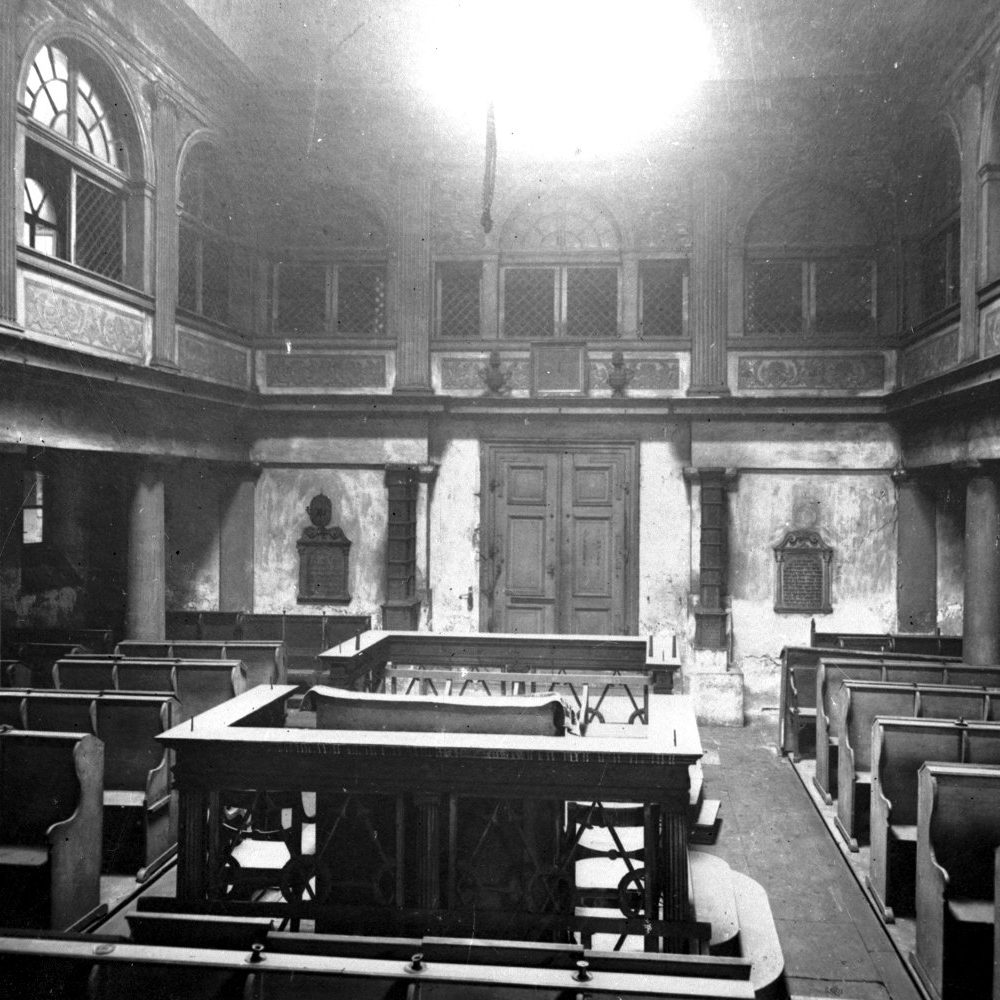
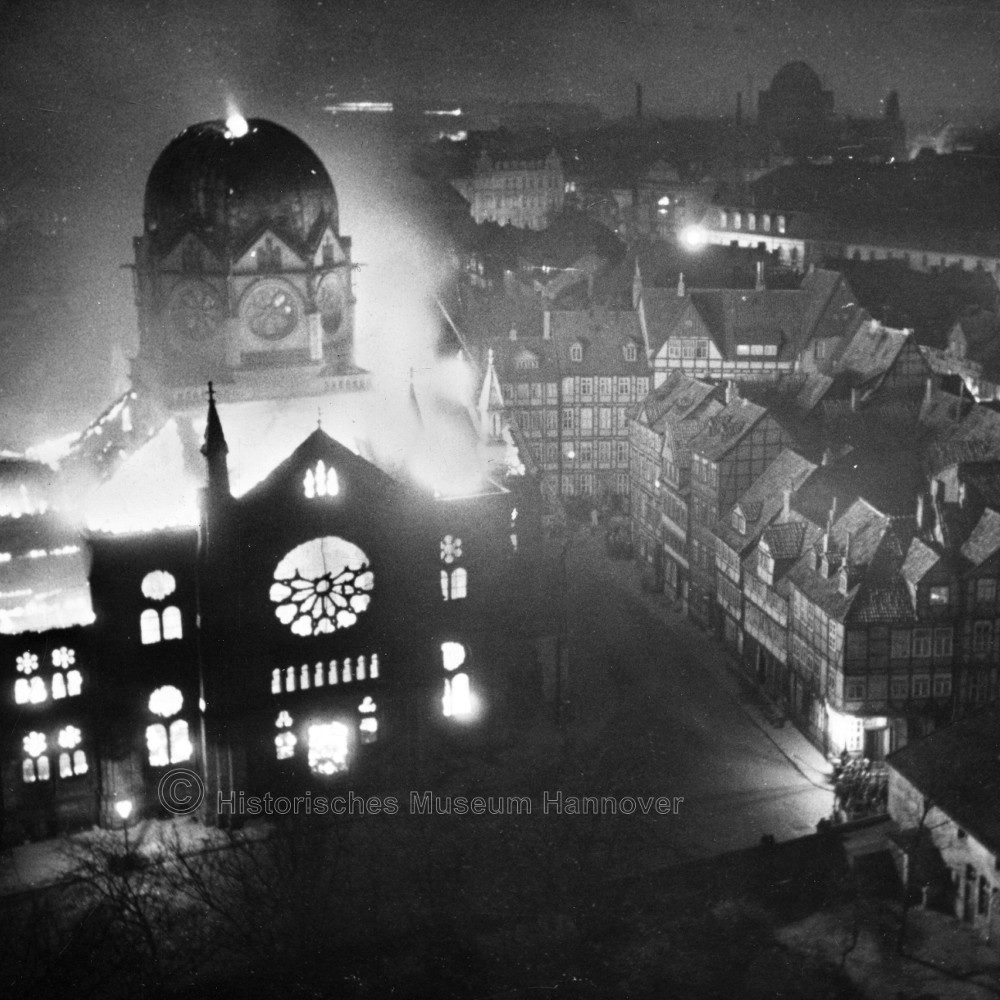
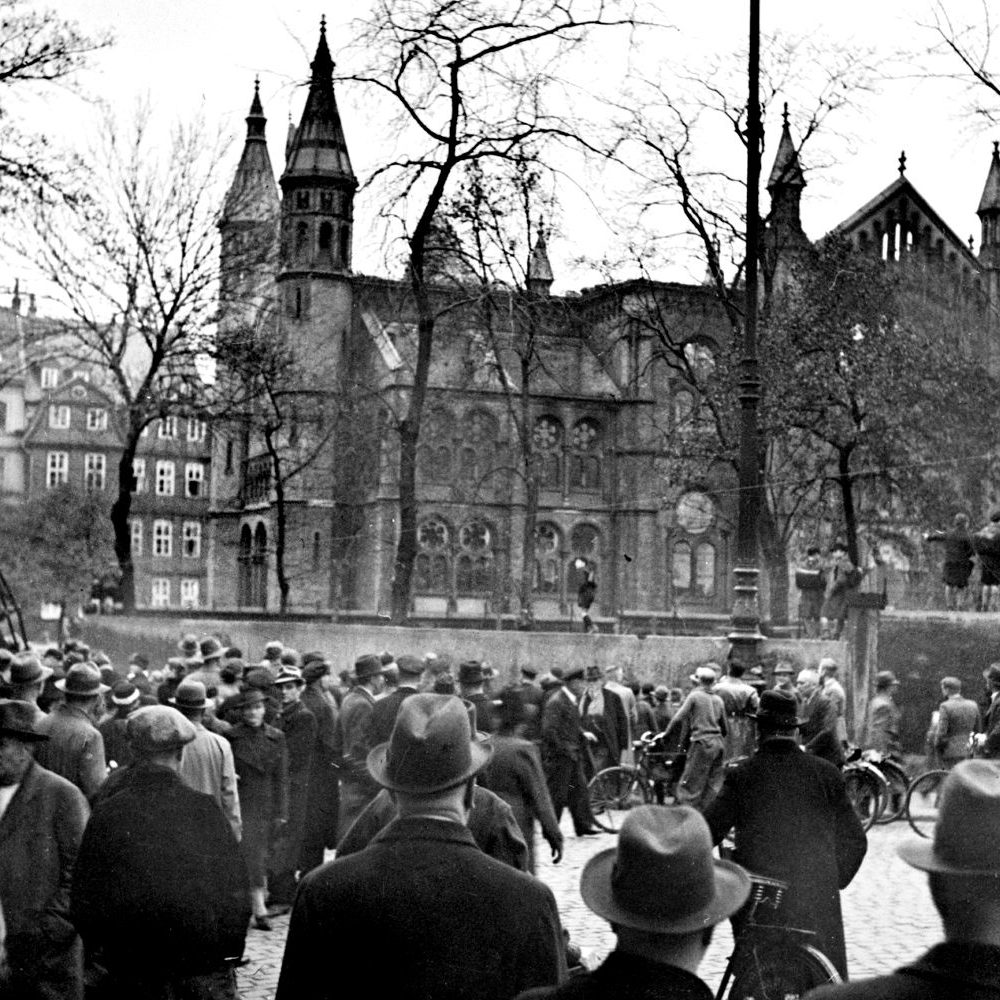
![Hanover: View through one of the side entrances into the interior of the destroyed synagogue, after 10 November 1938. Photograph from the estate of SA-Sanitäts-Sturmführer [SA medical storm leader] Dr.med. Ulrich G. Werner Heine Collection in Hanover City Archives](https://zukunft-heisst-erinnern.de/wp-content/uploads/2020/04/synagoge-738x738.jpg)